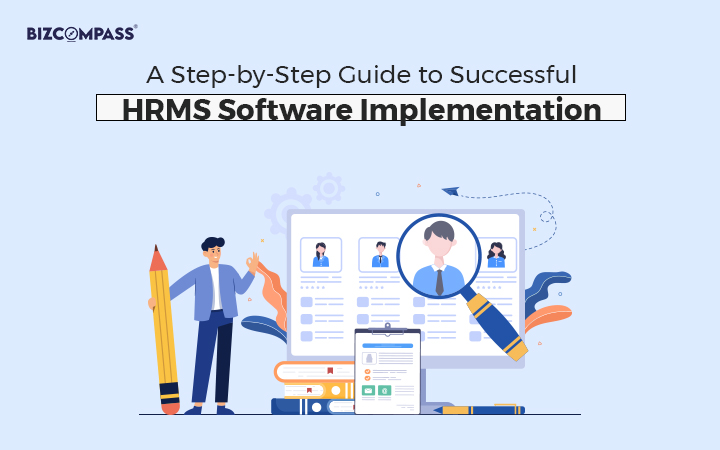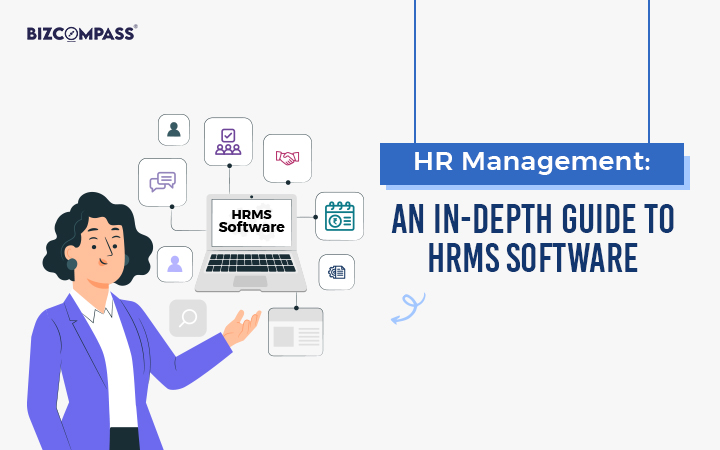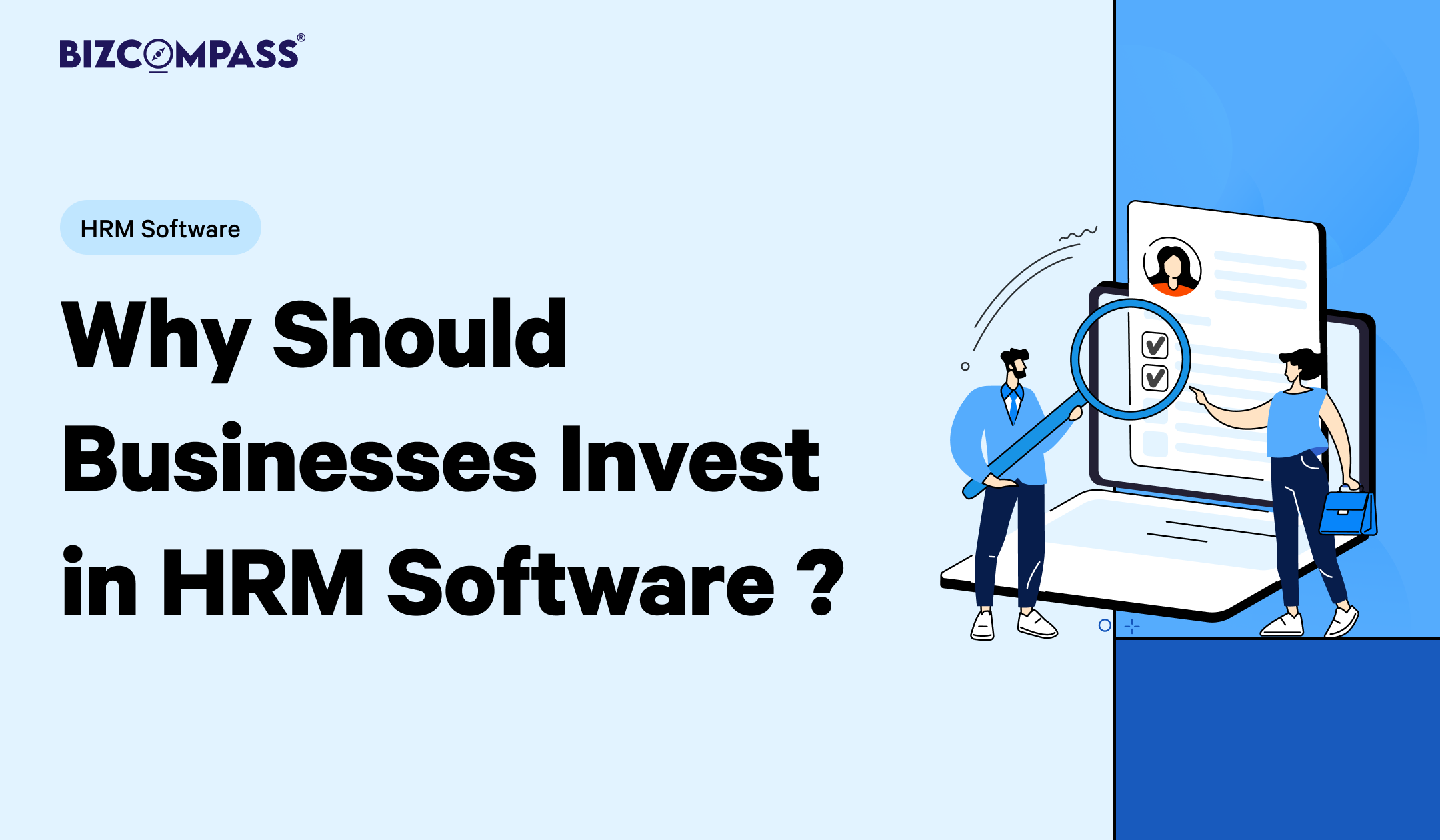Introduction
In the contemporary landscape of business operations, Human Resource Management System (HRMS) software plays a pivotal role in streamlining and optimizing various HR functions.
This technology-driven solution is designed to enhance efficiency, accuracy, and overall productivity within an organization's HR department. HRMS software integrates multiple HR tasks into a centralized platform, providing a comprehensive solution for employee management, payroll processing, benefits administration, and time and attendance tracking. By automating these processes, businesses can reduce manual errors, save time, and ensure compliance with regulatory requirements.
Moreover, HRMS software facilitates data-driven decision-making by providing real-time insights into workforce metrics, such as employee performance, attendance patterns, and training needs.
This enables HR professionals and organizational leaders to make informed strategic decisions that align with the company's goals and objectives. Employee self-service features empower individuals to access and manage their personal information, submit time-off requests, and participate in training programs, fostering a culture of transparency and employee engagement.
HRMS software catalyzes modern businesses seeking to optimize their human capital management, streamline administrative tasks, and create an agile, data-informed approach to HR processes.
Importance Of Maximizing Efficiency Through HRMS
Maximizing efficiency through HRMS is critical for modern organizations. HRMS streamlines HR processes, reducing manual workload, minimizing errors, and ensuring compliance.
It enhances accuracy in payroll, benefits administration, and employee records, fostering a productive work environment. By automating routine tasks, HRMS enables HR professionals to focus on strategic initiatives, talent management, and employee development.
Real-time data insights provided by HRMS facilitate informed decision-making, improving workforce planning and organizational agility. Ultimately, maximizing efficiency through HRMS enhances overall operational effectiveness, contributing to a thriving and adaptive workplace.
Streamline processes, automate tasks, and enhance data accuracy to maximize efficiency. Leverage real-time insights for informed decision-making and strategic workforce management.
Foster employee engagement through self-service features, creating a transparent and empowered work environment. Implementing these strategies ensures that your HRMS becomes a catalyst for organizational success, driving productivity, compliance, and overall effectiveness in managing HR.
Maximizing The Use Of HRMS Software
Efficiently utilize HRMS software by prioritizing comprehensive employee training to ensure widespread adoption. Streamline processes such as payroll, benefits, and attendance tracking, reducing manual efforts and errors. Implement self-service features, empowering employees and minimizing administrative tasks. Regularly update and optimize the system to leverage the latest features and improvements. Foster a culture of continuous improvement and feedback to enhance HRMS usage.
By maximizing the potential of HRMS software, organizations can elevate productivity, accuracy, and overall efficiency in managing their human resources, contributing to an agile and successful workplace.
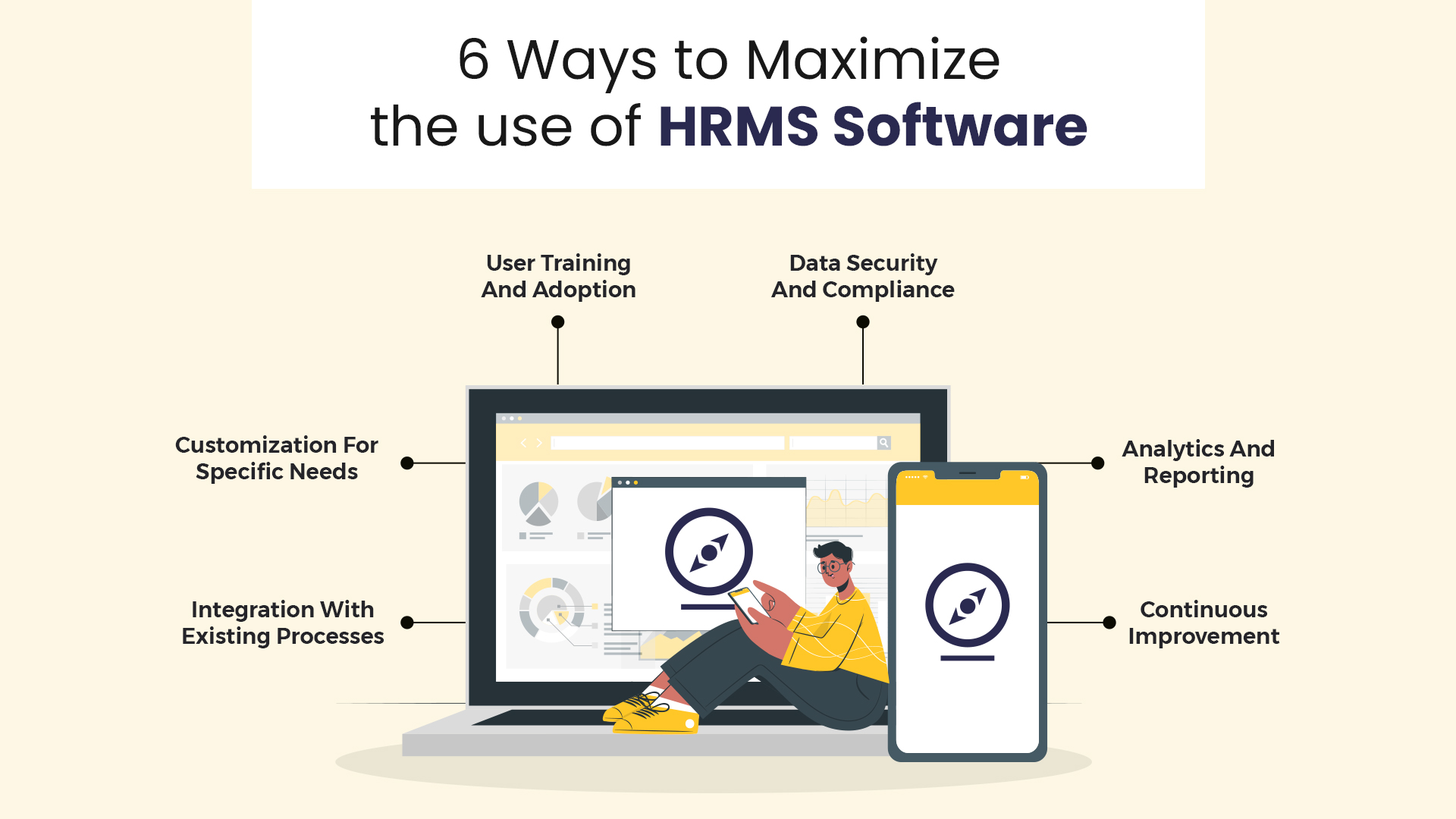
Let’s have a look at a few points on maximizing the use of HRMS software in detail.
Integration With Existing Processes
Compatibility with other software systems, such as accounting or project management tools, enables a cohesive workflow and avoids data silos.
A well-integrated HRMS facilitates data synchronization across departments, fostering real-time collaboration and ensuring consistency in information. This not only streamlines administrative tasks but also enhances the accuracy of shared data, reducing the risk of discrepancies.
By aligning HRMS with existing processes, organizations can maximize the software's impact, creating a more interconnected and efficient operational environment.
This integration not only saves time but also promotes a holistic approach to data management, allowing for better decision-making and improved overall organizational performance.
Customization For Specific Needs
Customization is key to maximizing the effectiveness of HRMS software, allowing organizations to tailor features to meet specific needs. The ability to customize ensures that the software aligns seamlessly with the unique requirements of the organization, accommodating industry-specific workflows and compliance standards.
Optimal HRMS solutions offer flexibility in module selection and configuration, empowering businesses to choose and adapt functionalities according to their priorities. This not only enhances user experience but also promotes efficient utilization of resources.
Whether it's adapting performance management, payroll, or employee onboarding, customization allows organizations to mold the HRMS to their distinct processes, fostering a more responsive and agile human resources management system.
In essence, customization empowers businesses to leverage the full potential of HRMS, aligning technology with their specific organizational objectives.
User Training And Adoption
Providing comprehensive training sessions for both employees and HR personnel ensures a smooth transition and optimal utilization of the system.
Training should encompass key features, data input procedures, and troubleshooting guidance. Encouraging regular usage through ongoing training initiatives fosters proficiency and helps users stay updated on system enhancements. Emphasizing the benefits of the HRMS, such as time savings and improved accuracy, enhances motivation for adoption.
Additionally, creating user-friendly interfaces and support channels encourages a positive user experience, reducing resistance to change. By investing in training and promoting ongoing adoption, organizations can capitalize on the full potential of HRMS, resulting in increased efficiency, streamlined processes, and a more empowered workforce.
Data Security And Compliance
Implementing robust data protection measures, such as encryption and access controls, safeguards sensitive employee information from unauthorized access or breaches.
Compliance with privacy regulations, such as GDPR or HIPAA, is crucial for maintaining legal and ethical standards in handling personal data. Regular audits and updates to security protocols are essential to adapt to evolving threats. By prioritizing data security, organizations not only protect their employees' confidential information but also build trust within the workforce.
Demonstrating a commitment to compliance not only mitigates legal risks but also reinforces the organization's reputation as a responsible steward of data.
Ultimately, a secure and compliant HRMS ensures the confidentiality and integrity of HR-related information, contributing to a robust and trustworthy human resources management system.
Analytics And Reporting
HR analytics provides data-driven insights into workforce trends, employee performance, and other crucial metrics. This information empowers HR professionals and organizational leaders to make informed decisions about talent management, resource allocation, and strategic planning.
Customizable reporting tools within the HRMS enable the generation of detailed, real-time reports tailored to specific organizational needs. This flexibility allows for a deeper understanding of HR processes and facilitates proactive decision-making.
By harnessing the power of analytics and reporting, organizations can optimize their human resources management, identify areas for improvement, and align their strategies with the overall goals of the business. This data-centric approach enhances efficiency and effectiveness, contributing to a more agile and responsive organizational structure.
Continuous Improvement
Regularly assessing the effectiveness of the software ensures that it aligns with evolving organizational needs and industry best practices. Gathering user feedback from both employees and HR personnel provides valuable insights into user experiences and identifies areas for enhancement. This iterative feedback loop allows organizations to address issues promptly, implement necessary updates, and optimize the software's functionalities.
Additionally, staying abreast of technological advancements and industry trends enables organizations to incorporate new features that further improve HRMS performance.
By fostering a culture of continuous improvement, organizations can adapt their HRMS to changing requirements, maximize efficiency, and ensure that the system remains a strategic asset in enhancing overall human resources management.
Conclusion
In conclusion, the strategies for maximizing your HRMS software's impact are instrumental in shaping a more efficient, data-driven, and agile human resources management system. From seamless integration with existing processes and customization to user training, data security, analytics, and continuous improvement, these strategies collectively empower organizations to harness the full potential of HRMS.
By prioritizing efficiency, adapting to user needs, and embracing technological advancements, businesses can elevate their workforce management practices. The result is not only streamlined HR processes but also informed decision-making, enhanced employee engagement, and compliance with evolving regulatory standards. As organizations continue to navigate the complexities of the modern business landscape, optimizing HRMS becomes a strategic imperative, driving overall operational effectiveness and contributing to the sustained success of the entire organization.
FAQ
Why is it important to maximize the impact of HRMS software?
Maximizing the impact of HRMS software enhances operational efficiency, reduces manual errors, and ensures compliance. It empowers organizations to make data-driven decisions, streamline processes, and create a more agile and productive workforce.
How can integration with existing processes improve HRMS effectiveness?
Seamless integration with existing processes ensures a cohesive workflow and avoids data silos. It allows for compatibility with other software systems, promoting efficiency and consistency in information across departments.
Why is user training crucial for HRMS adoption?
Comprehensive user training ensures that employees and HR personnel can effectively use the HRMS software. This promotes a smooth transition, reduces resistance to change, and enhances proficiency in utilizing the system's features.
What role do analytics and reporting play in maximizing HRMS impact?
Analytics and reporting provide data-driven insights into workforce trends and performance metrics. Customizable reports enable informed decision-making, helping organizations optimize their human resources management strategies.
How does continuous improvement contribute to HRMS effectiveness?
Continuous improvement involves regularly assessing the software's effectiveness, gathering user feedback, and incorporating necessary updates. This iterative process ensures that the HRMS remains aligned with evolving organizational needs and industry best practices.
What security measures are essential for HRMS software?
Implementing robust data protection measures, such as encryption and access controls, is crucial for safeguarding sensitive employee information. Compliance with privacy regulations further ensures the secure handling of personal data.
How can customization benefit organizations using HRMS software?
Customization allows organizations to tailor HRMS features to their specific needs, accommodating industry-specific workflows and compliance standards. This flexibility ensures the software aligns seamlessly with the unique requirements of the organization.

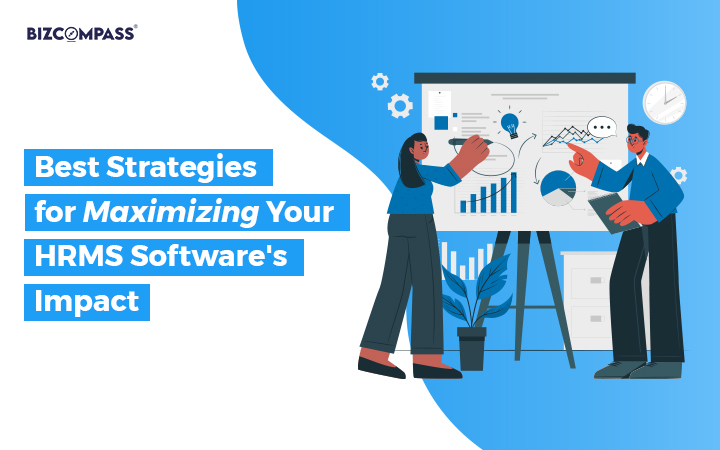
 >
>
